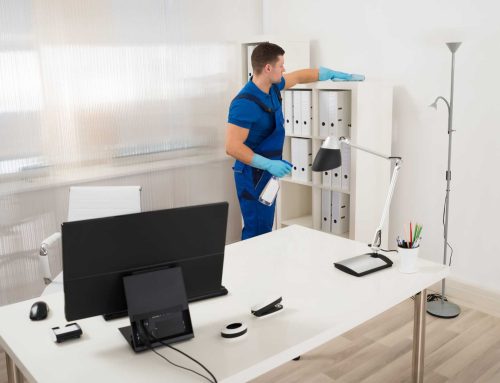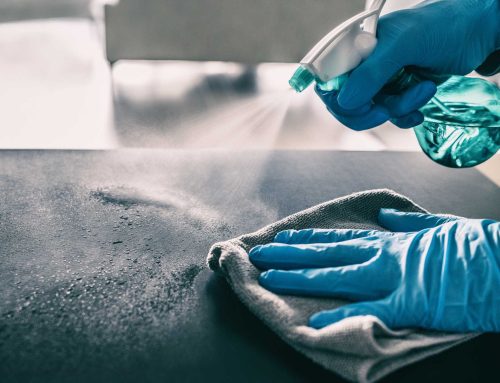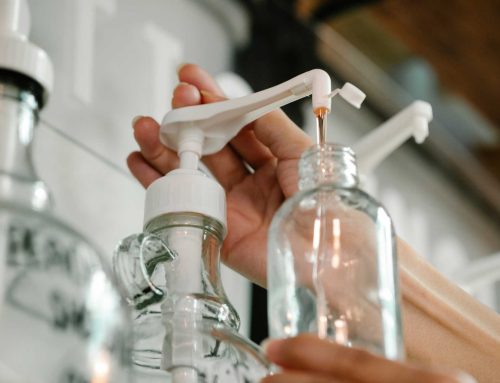Just like any renovation or maintenance task, a window replacement project requires attention to detail—not just during installation, but also in preparing and finishing the space. Cleaning, sanitizing, and disinfecting may seem similar, but each plays a unique role in ensuring a safe and comfortable environment during and after your project. Here’s how they differ, especially in the context of window work.
1. The clean-up order
Before any sealing or caulking can begin, the surrounding area needs to be cleaned. Cleaning comes first to remove visible dust, old sealant residue, and construction debris. This step enhances the effectiveness of sanitizing and disinfecting, which follow to help eliminate unseen germs and contaminants left behind by tools, surfaces, or even packaging materials. The correct order ensures a professional and hygienic finish.
2. Function and outcomes
Cleaning improves the appearance and organization of the work area. It’s essential to make the space look ready, especially if the window installation is part of a broader home improvement project. Sanitizing then helps reduce bacteria levels on surfaces like window sills and trim. Disinfecting goes further by killing viruses and harmful microorganisms, making the area safe—especially important if your installation involves shared or high-touch surfaces in a busy household.
3. Supplies
The supplies you choose depend on what stage you’re in. Cleaning might involve basic tools like cloths, water, and mild soap to remove dirt. Sanitizing requires low-level antibacterial agents, while disinfecting calls for stronger chemicals like bleach-based or alcohol-based products. Industrial cleaning supplies are often preferred during a window replacement job, as they’re designed to handle heavy-duty messes and ensure thorough sanitation throughout the process.
4. Application process
Cleaning is hands-on: you scrub, mop, or wipe away residue. In contrast, sanitizing often involves a quick spray or wipe-down with a sanitizing solution. Disinfecting, however, sometimes requires that the chemical sit for a few minutes to fully neutralize bacteria and viruses. In window replacement, this might mean leaving disinfectant on tools, frames, or surrounding areas before wiping them down.
5. Efficiency in germ removal
Each method contributes to a cleaner environment, but they differ in effectiveness. Cleaning removes surface-level dirt and grime, but leaves behind germs. Sanitizing lowers the germ count to safer levels, while disinfecting eliminates most harmful pathogens entirely. When combined, especially in a project involving new windows, these steps help ensure your space is not only aesthetically refreshed but also safe and healthy.
Cleaning, sanitizing, and disinfecting each play a vital role in finishing your window replacement project right. Keep this guide in mind the next time you take on a renovation—it’ll help ensure your new windows shine in more ways than one.





